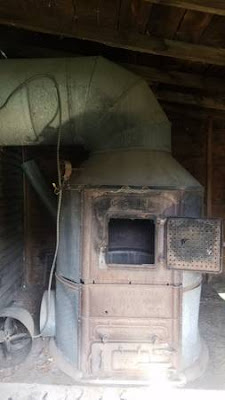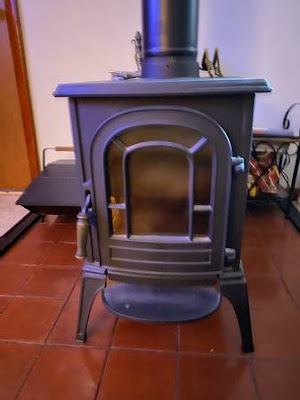Craiglist is a popular site to buy and sell wood stoves and these 35 stoves represent a sampling of wood heaters on the market in May 2022 from all over the country. Ordered from most expensive to least expensive, they tell a story of wood heating in America over the last century and many of these stoves represented the zenith of wood heating in their time. Most of are operable although some are clearly beyond their lifespan and should be retired. Many have been painstakingly restored, giving them a new lease on life.
Some new ones are being sold illegally as they do not meet current EPA regulations, which are required if the unit is sold new. Others are being advertised and sold in states where it is illegal to advertise, sell, buy or install old uncertified stoves, like in Washington and Oregon. Many are exactly the kind of models that jurisdictions offer bounties for, to get them out of circulation.
In general, the Alliance for Green Heat does not support the sale and installation of wood stoves built before 1990, as most of these are more polluting than newer models, because they lack modern reburn technology. However, if used with dry wood, and given enough air, some of these stoves can burn relatively cleanly in rural areas that do not experience frequent inversions and where the smoke will not impact neighbors. The Alliance always recommends that stoves are permitted, where required and professionally installed, especially where they may need hefty clearances from combustibles.
In their lifetimes, many of these units may have displaced hundreds of tons of carbon from fossil fuel and some will continue to do so. A few of these stoves belong in museums or collections or just used as decoration, not as heaters. We hope you enjoy this tour down wood stove memory lane.
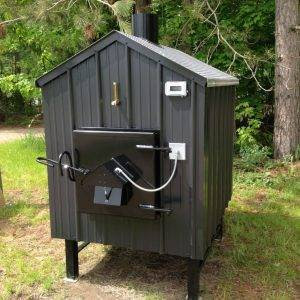 |
| $6,699, New Central Boiler EZ Classic (uncertified), Big Rapids, MI |
 |
| $3,995, Hearthstone, Catskills, NY |
$2,800, Vermont Down Drafter, Keene, NH
 |
$2,000, antique Belgian cook stove, Roslyn NY
$1,995, Harman stove, Delaware
$1,800, Lange Harmony, Cranford, RI
$1,650, New Ashley stove, Hazelton, PA
$1,250, Shipmate boat stove, Brookhaven NY
$1,200, Taylor outdoor boiler, Meadville PA
|
 |
| $1,100, Comforter, Kingston, NH |
$1,000, Schrader, Everret, WA
 |
| $895, Fisher Mama Bear, Western MA |
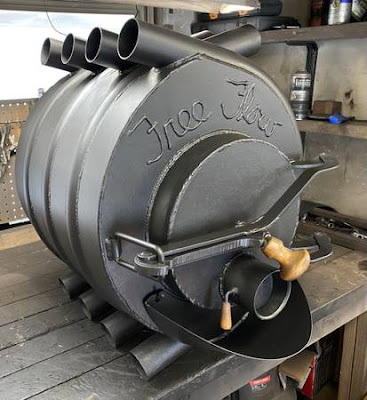 |
| $675, Free Flow stove, Craftsbury VT |
 |
| $500, cook stove, Jackson NH |
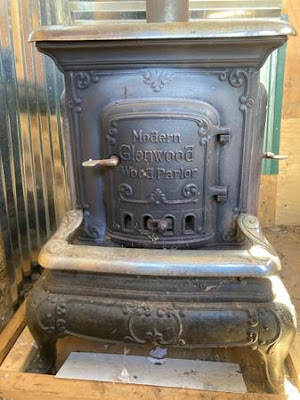 |
| $500, Glenwood parlor stove, Keene NH |
$485, Basement wood stove, Fitchburg, MA
 |
| $518, New Victor, Baltimore MD |
$500, tiny Cubic stove, Lockport NY
$425, Danish Lange, Catskills, NY
$400, Timberline, Delaware  |
| $329, Franklin style stove, Canton, OH |
 |
$300, Portland stove, Effingham, NY
$300, Cawley-Lemay Stove, Portland, OR
|
$300, Trailblazer, Wasilla AK |
| $295, wood stove, Danville, VT |
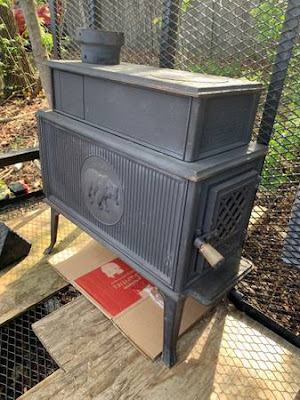 |
$275, Jotul, Berkeley Springs WV
$250, Sterling wood furnace, Rochester NY
$249, Napoleon, Denver CO |
 |
| $225, antique stoves, Albany NY |
$200, Frankfort stove, Utica, NY
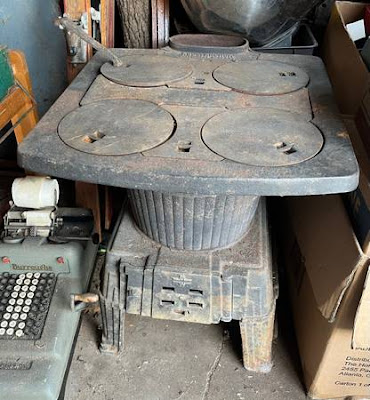 |
$200, Anchor coal stove, Schenectedy, NY
$125, wood stove, Livingston MT
$125, Sandia, East Hartland, CT
$100, Morso, Washington DC
$100, Hearthstone, Waterbury VT
$100, Vermont Castings, Delaware
$40, wood stove, Kirkland, WA
|





























